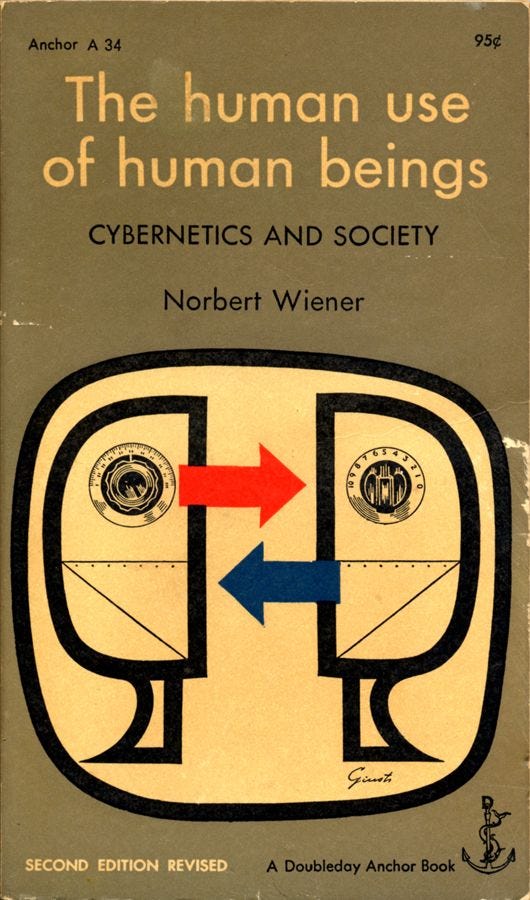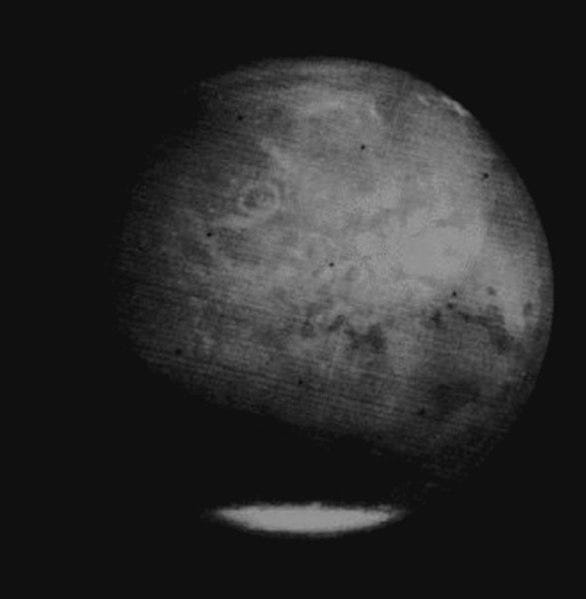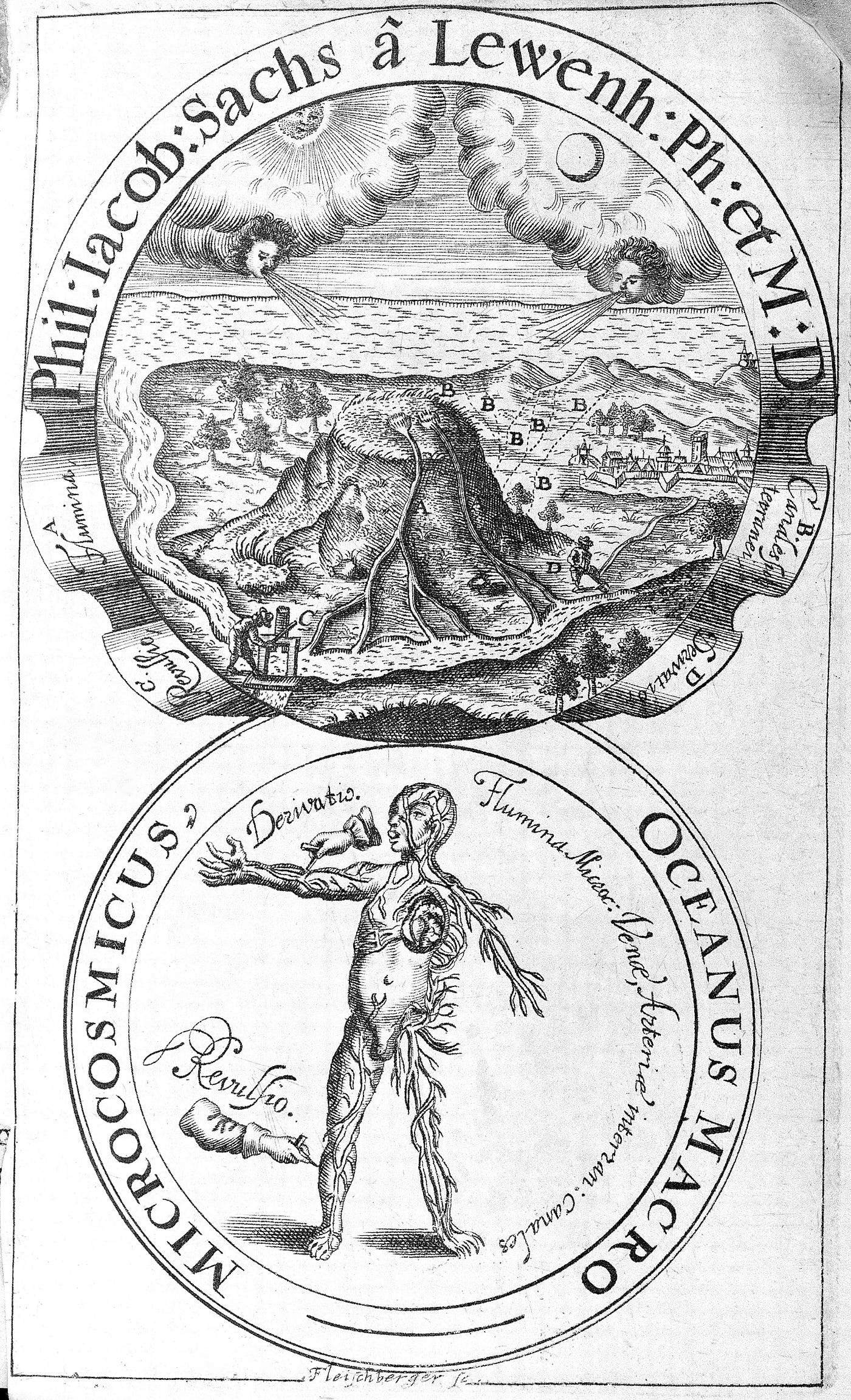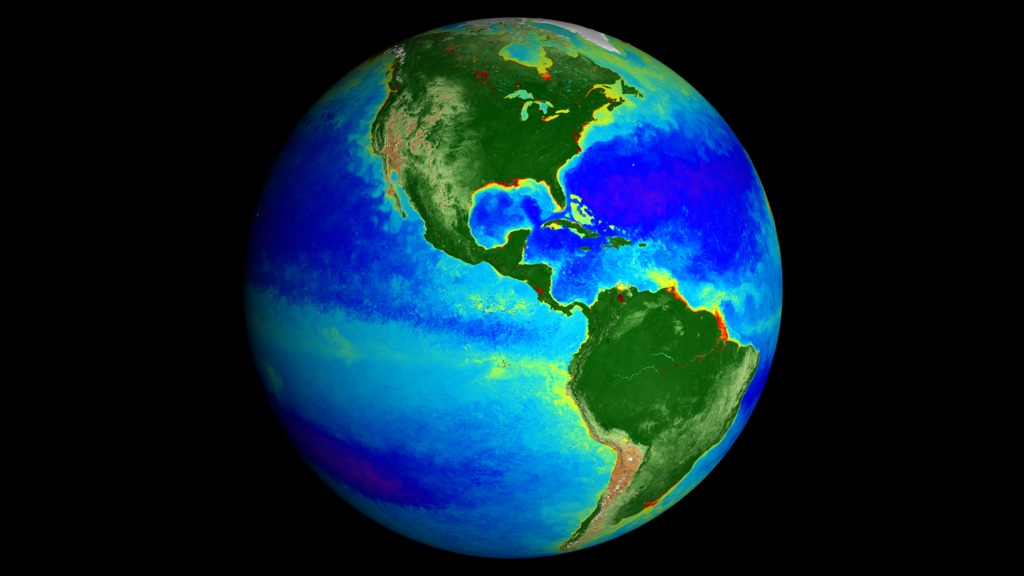Reworlding: The Art of Living Systems

In 2019, Gaian Systems collaborated with Gray Area's Experiential Space Research Lab. We developed an open call for participation, which invited artists with diverse backgrounds to develop novel experiences for thinking like a living planet.
The immersive experience, The End of You, launched in February of 2020 and closed days before the first COVID-19 lockdown.

As our ecological crisis deepens, art can provide the unique insights necessary to light our path forward. This Fall, the artists in Gray Area’s Experiential Space Research Lab have been exploring this potential of immersive art as a tool for understanding. Our call for participation, Reworlding: The Art of Living Systems, invited artists with diverse backgrounds to develop novel experiences for thinking like a living planet. Since the first meeting in August, the artists have been developing an immersive exhibition to reveal intimate entanglements amongst Earth’s living forms — and how to make the planetary personal.
With the support of the Knight Foundation, Gray Area has been collaborating with Gaian Systems, a collaboration between the design studio Spherical and literature and science scholar Bruce Clarke, the 2018–2019 Blumberg/NASA Chair in Astrobiology at the Library of Congress. This post introduces the broader context of these explorations in Earth Systems Science for the Research Lab.
Planetary Science & The Rise Of Cybernetic Art
The most unexpected discovery of the Space Age is that Earth is alive. Far from being a cosmic backwater or a passive vessel for random organisms, it is the matrix and dynamic extension of all life as we know it. Over several billion years, living systems have transformed and regulated Earth’s planetary environment. From oxygenating the global atmosphere to lubricating the tectonic plates to myceliating the soils, living systems have bent the planet to their own needs. Now, under the influence of human technologies, this reshaping continues at a rapidly accelerated pace.

The relationship between media arts and planetary science extends over half a century through the influence of cybernetics. In 1968, Jasia Reichard at the Institute for Contemporary Arts in London curated Cybernetic Serendipity, the first exhibition of computer-generated artworks. The artworks on display were described as:
“either produced with a cybernetic device (computer) or . . . cybernetic devices in themselves. They react to something in the environment, either human or machine, and in response produce either sound, light or movement.”
Cybernetic Serendipity gathered numerous artists, scientists, and engineers experimenting with the potential of automation by using computers and other machines to enact visions of the potential “cybernetic revolution.” Works included computer-generated music and graphics, robots, and interactive sculptures and videos, such as Nam June Paik’s televisions with distorted images, John Ravilious’ drawing machine harmonograph, Edward Ihnotowicz’ Sound Activated Mobile, and Bruce Lacey’s R.O.S.A. B.O.S.O.M. (Radio Operated Simulated Actress Battery Or Standby Operated Mains).
Many of the works encouraged or even required audience participation. The exhibition premiered at the Institute of Contemporary Arts in London, traveled to Washington, DC, and then finally to San Francisco, where it was the premiere exhibition at the newly opened Exploratorium.
But in fact, the seeds for this revolution had been planted nearly two decades earlier in a very different context.

Norbert Weiner coined the term “cybernetics” in 1948 in the technical treatise Cybernetics: Or Control and Communication in the Animal and the Machine. He derived the term from a Greek root meaning “steering,” as in the process of sailing toward a desired destination. In 1950, Wiener followed up with a widely acclaimed non-technical volume, The Human Use of Human Beings: Cybernetics and Society.
One primary sense of cybernetics is the study of goal-seeking systems that operate through circular causation, that is, that achieve self-regulation by constantly monitoring the progress of their own operations and applying such “feedback” to correct deviations from their set goals. For instance, a thermostat is a very simple and effective cybernetic device of this sort. The distinction of first-order cybernetics names this orientation to mechanical and computational control systems. From guided missiles to manned missions to the Moon, cybernetics was at home at Mission Control.
By the mid 1950s, the field of artificial intelligence (AI) spun off from the first generation of cybernetic developments. Concurrently, the promise of self-steering, artificially intelligent robots and computer systems was widely infused into the popular imagination. Space travel and life on other planets became the story of the future we were encouraged to anticipate.
However, for all that, a lesser-known influence of cybernetics may arguably have had an even more significant impact on how we have come to understand the world, and may yet prove to be the real cybernetic revolution.
Gaia Hypothesis Illuminating Earth Systems
In 1961, the Jet Propulsion Laboratory hired the independent British inventor and atmospheric chemist James Lovelock as a consultant on life-detection designs for the planned Viking mission to Mars. Due to his work at NASA, Lovelock would eventually conceive the “Gaia hypothesis,” which speculated that life functioned at a planetary scale like a thermostat in which feedback loops held Earth’s environment within a habitable range.

In the lead-up to the publication of the Gaia hypothesis, Lovelock studied the diverse atmospheres of Earth, Venus, and Mars. He reasoned that the presence of life on a planet would offer what we now call a “biosignature” that would be detectable from a distance.
Although NASA dismissed the idea, he suggested that, instead of sending a probe, one could study the atmospheric chemistry of Venus or Mars by using a spectrograph right here on Earth, to determine whether those atmospheres were in the low-entropy state we associate with living organization.
The evidence already showed that Mars’s atmosphere was in a state of maximum entropy. Thus, he predicted, even if it had once harbored life, that planet was now dead. When the Viking lander arrived a decade later, full of life-detection apparatus, this is exactly what it found — no life.

Around the same time, NASA began launching Earth-observing satellites that provided the first views of our home planet from space. The ATS-III weather satellite pictured here returns the first videograph of the whole Earth in 1967. While artists, scientists, and engineers were exploring the cybernetic potential of computer systems, these satellites began to reveal a different form of planetary automation, the self-regulation provided by Earth’s ecosystems.

As the ancient quest for a god’s eye view became a physical reality, these photographs of Earth from space began to transform perspectives on our home planet. For many, these photographs began to provide a sense of the dynamic and interconnected systems that were regulating the conditions for life on the planet.
These iconic images famously graced the cover of the Whole Earth Catalog, the veritable bible of the counterculture. This deeply influential Bay Area publication covered the convergence of cybernetics and systems theory with whole systems thinking, spirituality, and ecology for a generation coming of age in the 1960s and seeking new ways of worlding. It would popularize cybernetics, the study of control and communication systems, as a way of understanding Earth’s ecological systems.
During this same period, James Lovelock fixed upon a name for his nascent theory of planetary self-regulation. A neighborhood acquaintance, the British writer William Golding — author of Lord of the Flies — suggested “Gaia,” after the archaic Greek goddess of the Earth.
Life Creating Conditions For Life
Gaia made its public debut in 1972, in a two-page scientific letter to the specialized geological journal Atmospheric Environment, titled “Gaia as Seen through the Atmosphere.” Here, Lovelock defines Gaia as “a biological cybernetic system able to homeostat the planet for an optimum physical and chemical state appropriate to its current biosphere.”
After a few appearances in scientific journals, the first popular publication of the Gaia hypothesis appeared in 1975 as the cover article of CoEvolution Quarterly, a spin-off of the Whole Earth Catalog, also edited by counterculture impresario Stewart Brand.
The cover visually depicted the theory. The upper image, captioned “Earth’s atmosphere at present,” shows the diverse and reactive atmospheric gases dynamically maintained far from equilibrium by living systems. The lower image, captioned “The present atmosphere were life deleted,” shows a depleted atmosphere in a state of equilibrium or maximum entropy, with all chemical potential burnt out.
The article “The Atmosphere as a Circulatory System of the Biosphere: The Gaia Hypothesis,” was lead-authored by the American microbiologist Lynn Margulis, who had begun collaborating with Lovelock on the development of the Gaia hypothesis in 1971.
Margulis brought her knowledge of microbial processes to Lovelock’s expertise in thermodynamics and atmospheric chemistry with a cybernetic twist. Together they explored the potential of the Gaia hypothesis to explain how organic and supraorganic systems at different scales — from the microscopic to the ecosystemic to the planetary — couple their distinct operations into higher-order ensembles.
The work of Margulis also highlighted the central role of symbiosis in the evolution of biological complexity, emphasizing the propensity of living systems to link up and form mutualistic trading relationships. Her Gaian vision saw life as a constantly experimenting collectivity rather than as a melee of competitive individuals vying for domination.
Together, Lovelock and Margulis postulated that Earth’s atmosphere was not an abiotic happenstance but the coevolutionary product of the biosphere’s partnership with the geosphere. Over the cosmological eons, and despite a series of severe planetary shocks, Gaia was a homeostatic or self-regulating system that successfully controlled climate and chemistry within the limits of viability, enabling life to persist and reinvent itself in relation to ever-new conditions.

Introducing their CoEvolution Quarterly article was a 17th-century illustration likening the oceans and atmosphere to an externalized circulatory system. The Gaia hypothesis saw the biosphere as a kind of supraorganism with the emergent property of coordination among living systems to regulate the planetary environment.
Eventually, Lovelock will also challenge the standard notion of the “habitable zone” of solar systems as being faultily determined solely by physical parameters, essentially, by the range of distances from the systems’ star at which water on a rocky planet remains in a liquid state.
He asserts that the Earth absorbs and radiates back so much heat that it cannot be classified as lying within the habitable zone of our own solar system. What standard determinations of the habitable zone fail to take into account is Gaia’s circular operation: as life evolves, it continuously modifies its planetary environment to favor the persistence and thus further evolution of life.
For instance, according to strictly geophysical processes, Earth should be 25% hotter than it is. We should have gone the way of Venus long ago. Instead, Gaia has regulated planetary temperatures to keep them comfortably cool. In other words, within absolute limits determined by solar luminosity and planetary distance, the persistence of life creates its own zone of habitability.
These cybernetic dynamics have significant implications for our own situation. As we kill off life and diminish biodiversity — from the forests to the megafauna — we are also warming the planet. We cannot kill off Gaia itself, but we can push it past the tipping point at which its climate regime will reset itself at a level unsustainable for much of the current biota. That same heat wave will also sweep us away.
Through The Evolution of Machines
In 1987, writing with her son Dorion Sagan, Margulis addressed the Gaian worldview in the Whole Earth Review, the successor to CoEvolution Quarterly.
In “Gaia and the Evolution of Machines,” they report that,
“a whole Gaian style of thought is emerging in which perception is seen as a participatory phenomenon, and with which we become more aware of the sum of organisms within the biosphere.”
Margulis and Sagan explain that,
“Gaian perceptions . . . link people inextricably, and in subordinate fashion, to the biota, that is, to the sum of plant, animal, and microbial life.”
In contrast to Western culture’s emphasis on the idea of man’s domination of nature, they continue, this
“Gaian thought style . . . extends ‘horizontally’ to other organisms and ‘vertically’ beyond human history. In it, human beings and technology may be seen as environments in the biosphere.”

And this way of seeing ourselves as active participants within the planetary system is central to second-order cybernetics, the cybernetics not just of observed systems but also of observing systems. Seen through second-order cybernetics, Gaia is an observing system in its own right. Margulis will come to refer to Gaia as autopoietic, a system that produces and incorporates its own observers — the very living systems whose persistence it operates to maintain.
Today, the fruits of the Space Age have enabled us to confirm the basic tenets of Gaia theory, often rebranded now as Earth System Science. Moreover, Earth-observing satellites have provided increasingly dynamic views of previously invisible relationships. The diverse observing capacities of these satellites — their abilities to register phenomena across the spectra of light and heat — also provide new insights into the impacts of industrial civilization while helping us to understand the complexities of Gaian systems.
Our eyes in the sky allow us to take account of previously unseen data and unknown processes across vast spatial, temporal, spectral, and relational scales. And in recent years, NASA has acknowledged its role in the emergence of Gaian thought. It has explicitly promoted the idea that Earth is alive with its visualization Earth: Our Living Planet. The discovery of Earth as a supraorganism was truly an unintended consequence of the Space Age.

In closing for now, we note that the Reworlding theme of the Experiential Space Research Lab has arisen from the desire to explore these emergent planetary processes in ways that are fully responsive to our current conditions while also fully cognizant of the pertinent conceptual histories and vocabularies.
Dr. Bruce Clarke, is the Paul Whitfield Horn Professor of Literature and Science in the Department of English at Texas Tech University. In 2018–19 he was Baruch S. Blumberg/NASA Chair in Astrobiology at the Library of Congress. His latest book, Gaian Systems: Lynn Margulis, Neocybernetics, and the End of the Anthropocene, is forthcoming in 2020 from the University of Minnesota Press.
David McConville is the resident cosmographer at Spherical, an integrative research and design studio in Oakland, CA. He serves as senior researcher and board member for the Center of the Study of the Force Majeure, bringing together artists and scientists to design ecosystem-adaptation projects in critical regions around the world. David has a PhD in Art and Media from the Planetary Collegium at the University of Plymouth.
Questions we will continue to ask are:
- How do we think like a living planet?
- What are the key characteristics of Gaian systems across scales?
- How can we explore these systems experientially?
- Most importantly, how can these efforts help to accelerate Earth’s capacity to heal itself?
This was originally published on Gray Area's Medium blog.


Member discussion